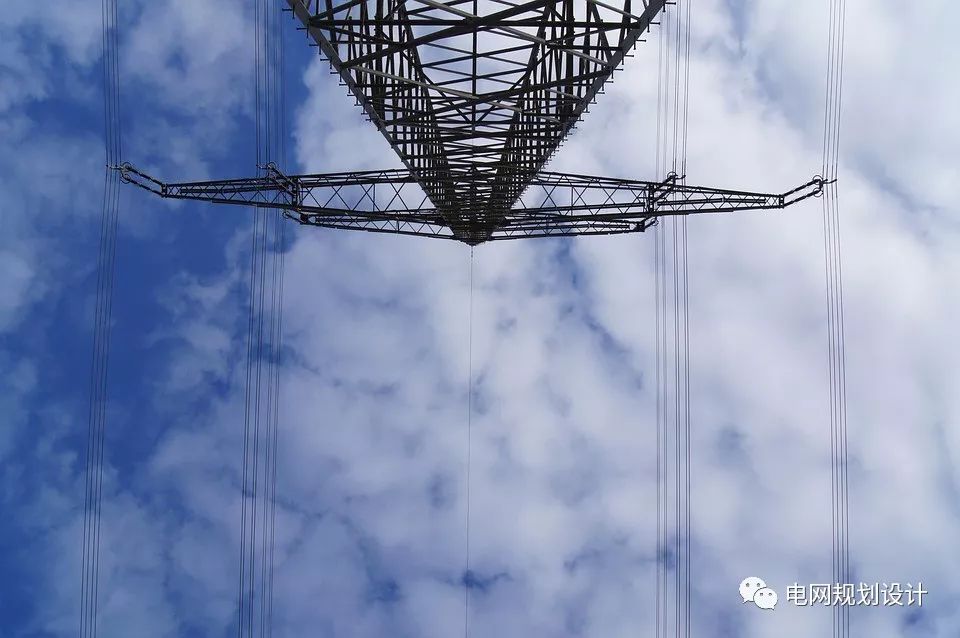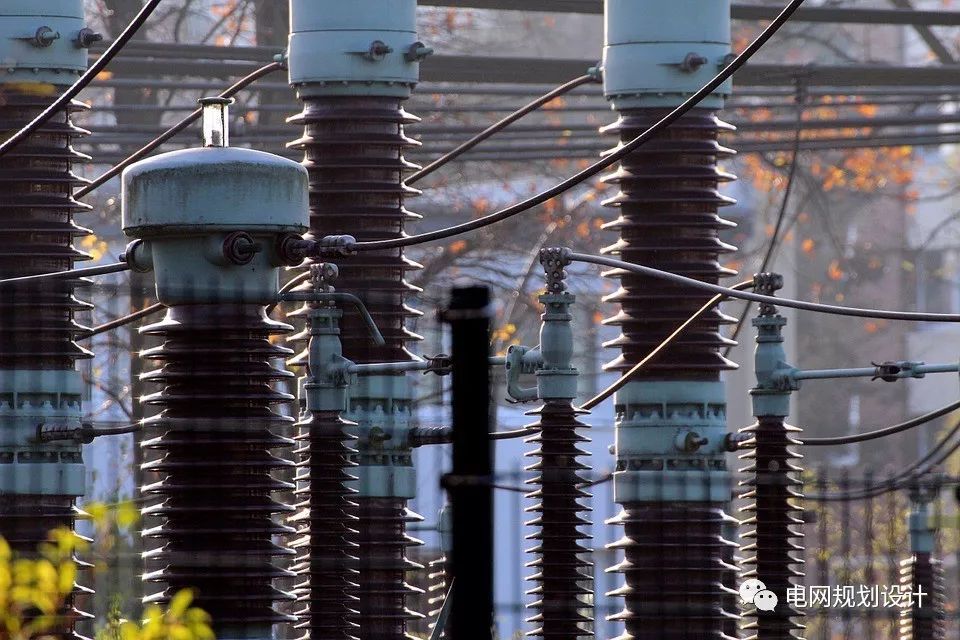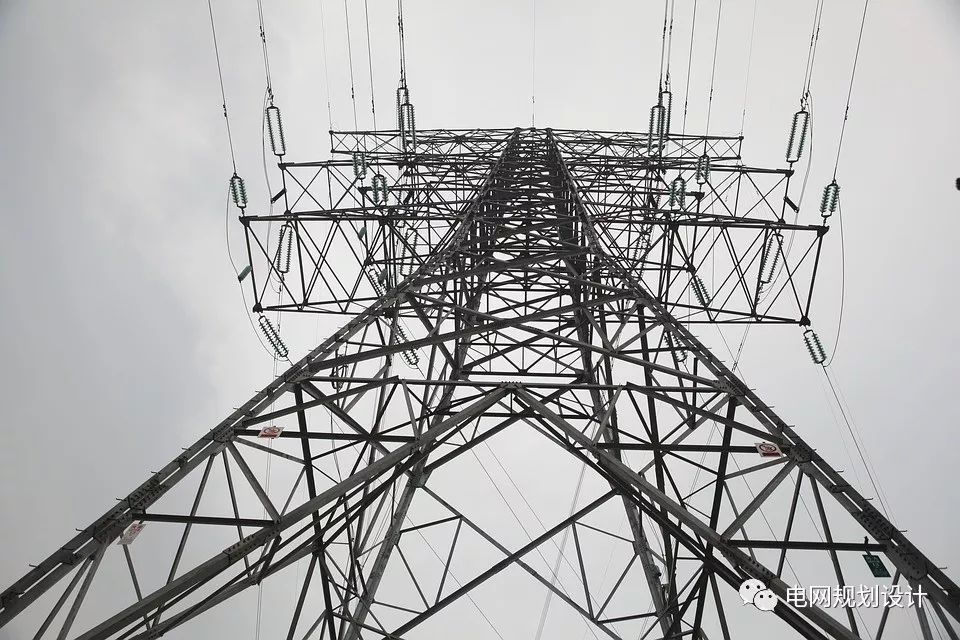220kv grid planning technical principles
The focus of the power grid planning is to fully consider the different development orientations and needs of the region according to the overall urban-rural planning, power supply planning, and new energy planning, study and formulate the overall development strategy and target grid of the power grid, and solve the problems existing in the existing power grid and continuously optimize. The grid structure, the improvement of power supply capacity and adaptability, and full consideration of the feasibility of the power grid planning. Under the premise of satisfying the safe and reliable operation of the power grid and ensuring the quality of power supply, it should be able to achieve a reasonable reserve of power grid power supply capacity, a rational layout of space, and time On the reasonable transition.
This paper combines the load distribution, load characteristics, load growth rate, from the power supply capacity, substation distribution, power grid structure, put forward 220kV power grid planning technical principles.
The 220kV power grid mainly assumes the function of transporting electrical energy. It plays a "framework" role in the regional power grid and focuses on the proximity of the district load center. With the increase of load density, some large cities have used 220kV as high voltage distribution voltage.

A power supply capacity
1, to improve the principle of inadequate balance
Consider the geographical location of 220kV substations and the division of power supply areas to realize district power supply, improve the power supply capacity of each subarea, interzone mutual capability, and power supply capacity, and prioritize heavy-duty substations and heavy-load lines to achieve heavy load change and new load ratios for new construction. Balance and improve the weak transmission channel, so that the entire 220kV power grid will generate capacity and benefit each other as a stand-by benefit, reduce the investment for a single increase in power grid capacity, improve equipment utilization and investment efficiency.
2. The principle of load and load ratio
Satisfy the growth of electricity load, increase the power supply capacity of 220kV power grid, control the capacity and load ratio according to the guideline at 2.1, and control the value after deducting the boosted capacity to be 2.0. The rapid development of the area can break through the above data, in principle the capacity and load ratio does not exceed 2.2.
3, conductor cross-section selection principle
The 220kV outlet refers to the long-term scale and power supply capacity of the substation, taking into account the need of load transfer under the accident mode. The transmission line capacity of the cross-section needs to be selected once.

4. Existing power channel renovation principles
(1) Make full use of the existing power channel, protect the existing channel resources and increase the transmission capacity of the unit channel, and combine the new substations to solve the existing problem of old lines.
(2) Combine access to the main power supply to solve the problem of limited sections, improve the power supply capacity and new energy acceptance capacity, and do a good job in the construction of small-section conductor transmission lines and the limited transformation of transmission capacity.
Two substations
The layout of substations is based on the overall development of the city as the core of the site, with land development, project construction, and power supply development as fixed-point timing.

1. Regional coordination principle
According to the long-term load distribution, load density, and network planning, the layout of substations should be considered as a whole, and it is advisable to use a large area near the load density. Each 220kV substation should consider maintaining a reasonable distance so that each substation can have a clear range of power supply. It should also consider preemptively occupying key points of the site resources.
2, the principle of voltage support
The area where electricity loads are concentrated should have sufficient voltage support. In areas with large load densities, 220kV substations can be considered for power supply in urban centers, and the structure of high load density area grids can be enhanced to increase load access capability.
3, the principle of timing
220kV substations should be combined with urban and rural planning, and construction sites should be planned ahead of time to incorporate the sites into local plans for control. According to the principle of the city's periphery and the re-entry into the city center.
4, mutual alternate principle
The substation layout considers that the upper and lower levels of the power grid are spared and support each other.

Three grid structure
Considering the safety and stability of the system, investment benefits, and meeting the 110kV substation access are the basis for considering the 220kV network structure.
1, the principle of the target network
A 220kV target grid with high safety, reliability, and flexibility is studied in combination with regional saturation loads to determine backbone grids with clear primary and secondary structures, clear topologies, and strong structures. The backbone grid range should cover more than half of all system-wide loads. The backbone network rack should meet the N-1 principle, and high reliability requirements should meet the N-1-1 principle.
2, network construction principles
According to the target grid, combined with geographical location, channel conditions and implementability, rely on 500kV substations and large-scale power supplies to build a strong regional main receiver network to meet the N-1 principle and continuously improve the applicability of the grid. According to the number of substations, location, and large power supply, a double-chain, single-ring structure gradually transitions to an incomplete dual-ring network, a C-ring network, and a dual-ring network. In principle, the newly-built 220kV substation does not consider single-transformed substations and at least two independent power sources. 220kV grids should adopt double-link chain structure or double-loop ring network structure.

3, power access principle
The power is layered, partitioned, and dispersedly connected to the grid. Combine power access, strengthen and optimize the partition network grid, eliminate the potential safety hazards caused by electromagnetic loops at all levels, and ensure the reliable delivery of power.
4. Adaptability principle of lower-level power grid
With the development and strengthening of the transmission grid, the grid structure at the lower voltage level should be gradually simplified and upgraded to achieve hierarchical operation. The divisions are relatively independent of each other under normal conditions, and there is a certain degree of line maintenance or mode adjustment between each district. Mutual support capabilities. The newly-built 220kV substation should be able to improve the 110kV power grid structure in the region, and at the same time it should improve the 110kV power grid transfer capacity. In addition, it should fully utilize the 110kV interval utilization rate of the 220kV substation.
5, short-circuit current principle
After the 500kV power grid ring network, the 220kV power grid will be decoupled and the district power supply will be used to reduce the 220kV short-circuit current.

Spinner Rotary Joint,Fiber Optic Rotary Joint,Rotary Union,Coaxial Rotary Joint
Dongguan Oubaibo Technology Co., Ltd. , https://www.sliprobs.com